Outer Space & Universe
Outer Space & Universe
Space, also known as outer space, is the near-vacuum between celestial bodies. It is where everything (all of the planets, stars, galaxies and other objects) is found.
On Earth, space begins at the Kármán line (100 km above sea level). This is where Earth's atmosphere is said to stop and outer space begins. This is not a firm boundary but is a convention used by scientists and diplomats.
Items in space are free to move back and forth; up and down; and left and right. These three dimensions are what make 3D space. Items also move forward through time, which is sometimes called the fourth dimension.
The majority of space contains very little matter and so most of it is a vacuum. Scientists do not know how big space is but we do know that space is extremely big, and is always expanding.
According to the big bang theory, all matter and energy in the Universe was compressed into a very small space. Then it exploded and started expanding. Space is still growing in size today; this means the distance from one galaxy to distant galaxies is getting longer.
Gravity is the force that keeps the Moon in orbit around the Earth and the planets in orbit around the Sun. Gravity can stretch and bend space similar to how a heavy ball placed on a stretched sheet of rubber will cause the rubber to stretch. The scientist who discovered that space can bend is named Albert Einstein. How gravity bends space is part of his theory of general relativity.
Astronauts, Cosmonauts, Taikonauts and Spationauts
An astronaut is any person who is trained by NASA to travel and perform tasks in space. Although the space traveler may not necessarily be a United States citizen, each astronaut does go through a rigorous training regiment by the National Aeronautics and Space Administration. Other space travelers go by other names then astronaut depending on their country of origin.
In the United States, astronaut is derived from the Greek words ástron (star) and nautis (sailor). While, in Russia, a space traveler goes by the name космонавт (English: cosmonaut), which is derived from the Greek words kosmos (universe) and nautis (sailor). Westerners call a space traveler from China a taikonaut, based on the 1998 writings of Chiew Lee Yik and Chen Lan where the term tàikōng (great emptiness), Chinese for “space”. In China, the term yuháng yuán (universe navigator) is used for space traveler.
Only the United States of America (United States), Russia (earlier, the Union of Soviet Socialist Republics), and the People’s Republic of China (China) have sent manned spacecraft into space. Other countries have assisted these countries by sending their own space travelers on space missions. For instance, a French space traveler is called a spationaut (from the French word spationaute), which is derived from the Latin spatium (space) and Greek nautis (sailor). (plural in Greek nautes = sailors)
-
03:38
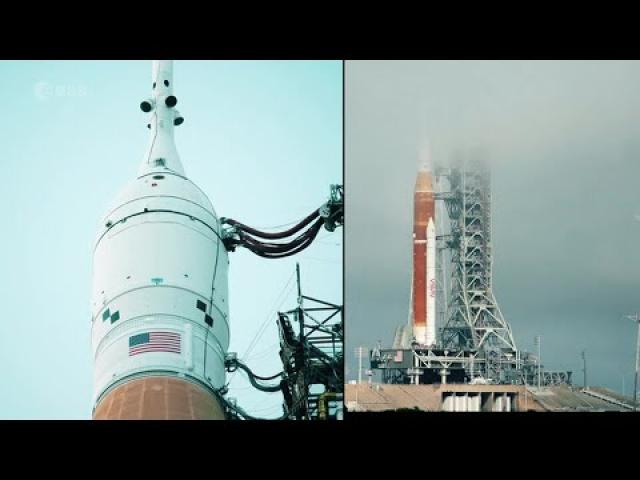
Why are the Artemis moon missions important? ESA astronaut explains
Added 220 Views / 0 LikesEuropean Space Agency (ESA) astronaut Andreas Mogensen explains the benefits of the Artemis program. ESA developed the European Service Module (ESM) for the Artemis program. Artemis 1 mission - Live Updates: https://www.space.com/news/live/nasa-artemis-1-
-
14:02
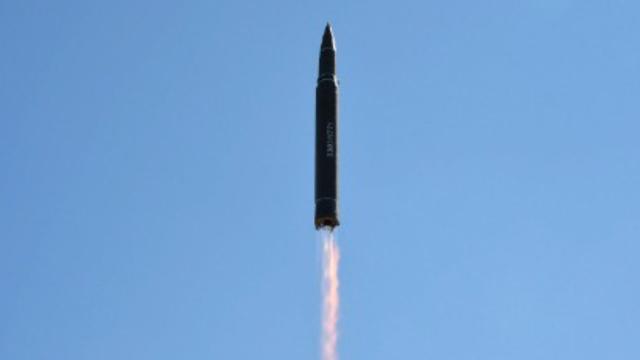
Why are we fighting & Who are we fighting for?
Added 736 Views / 0 LikesWhy are we fighting & Who are we fighting for?
-
02:48
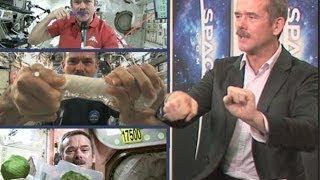
Why Chris Hadfield Made 'How-To' Videos In Space | SPACE.com Interview
Added 729 Views / 0 LikesThe fmr. commander of the ISS reveals why he devouted time during his 5+ months in low Earth orbit to educate the public on how astronauts simply wash their hands, cook their food, play guitar and more in a series of wildly popular youtube videos.
-
05:31

Why Did COSMOS Dock To FOX? Neil deGrasse Tyson Answers | Video
Added 787 Views / 0 LikesHow did 'COSMOS: A SPACETIME ODYSSEY' come to premiere on a network not normally associated with science literacy? Neil deGrasse Tyson, Ann Druyan&Mitch Cannold share perspectives on science and censorship with Space.com's @DavidSkyBrody.
-
11:12

Why did it take NASA & ESA 8 years to release the Venus Vortex photo?
Added 862 Views / 0 LikesWhy did it take NASA & ESA 8 years to release the Venus Vortex photo?
-
02:35
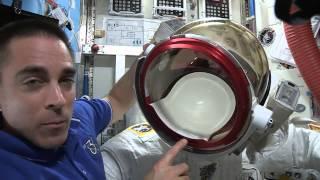
Why Did Spacesuit Helmet Leak? - ISS Astronaut Explains | Video
Added 865 Views / 0 LikesNASA astronaut Chris Cassidy shows where water leaked, soaking spacewalker Luca Parmitano's head, during his July 16th, 2013 EVA. The event frightened the astronauts and mission controllers. NASA is still investigating the exact cause.
-
02:31
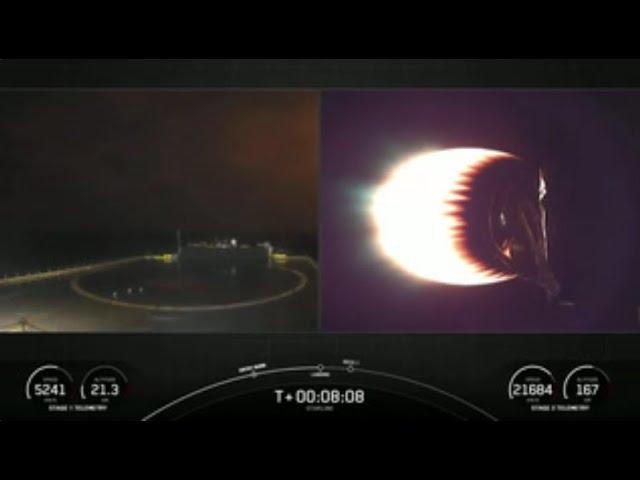
Why did SpaceX's mid-February landing attempt fail?
Added 261 Views / 0 LikesSpaceX's Director of Crew Mission Management Benji Reed explains why the Falcon 9 rocket first stage failed to land on a drone ship after a Feb. 15, 2021 Starlink launch. Watch it here: https://www.space.com/spacex-launches-60-starlink-satellites-rocket-l
-
01:22
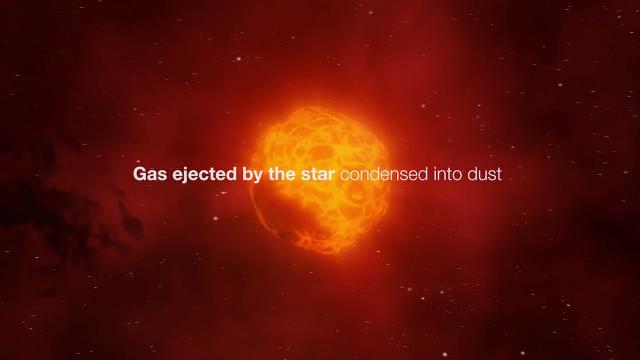
Why did the star Betelgeuse dim? Mystery solved!
Added 320 Views / 0 LikesAstronomers using the European Southern Observatory's Very Large Telescope have figured out the cause of Betelgeuse's curious dimming in late 2019 and early 2020. Credit: ESO
-
02:04
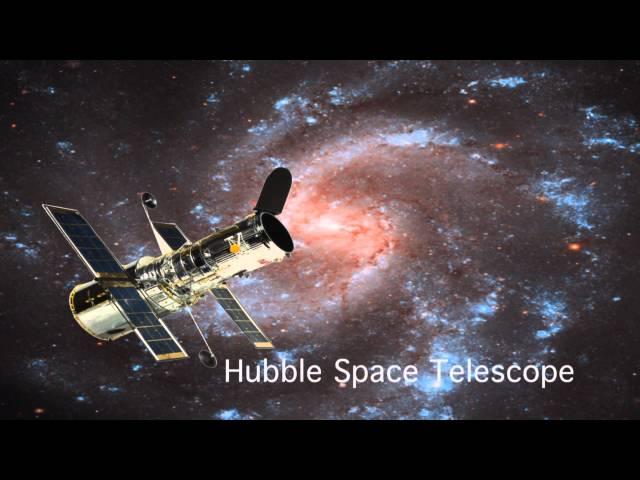
Why Did This Bright Galaxy Go Dark? | Video
Added 787 Views / 0 LikesWhy Did This Bright Galaxy Go Dark? | Video
-
05:05

Why do you hate Texas, the South & Rednecks? A THORnews road trip ?
Added 800 Views / 0 LikesWhy do you hate Texas, the South & Rednecks? A THORnews road trip ?
-
04:25
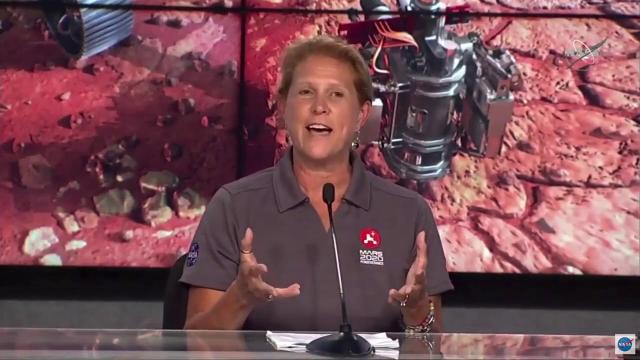
Why does NASA keep going back to Mars?
Added 263 Views / 0 LikesAhead of the launch of the Mars 2020 Perseverance rover, NASA's Planetary Science Division Director Lori Glaze explains why the Red Planet is important to explore. [Perseverance rover will use some of the best Martian maps ever made](https://www.space.com
-
02:14
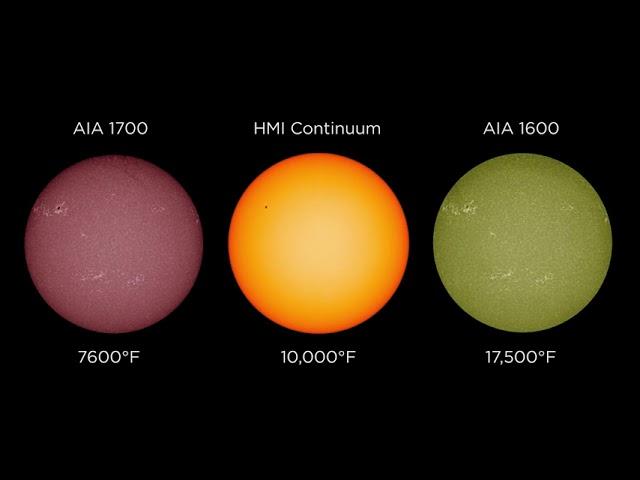
Why does NASA observe the sun in multiple wavelengths?
Added 266 Views / 0 LikesNASA's Solar Dynamics Observatory observes the sun in 10 different wavelengths. Learn how it helps expand our knowledge of the closest star to Earth. Credit: NASA Goddard Space Flight Center
-
01:08
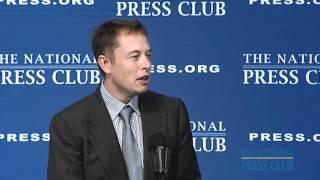
Why Does Space Inspire Us? Elon Musk
Added 619 Views / 0 LikesVisit: http://www.spacex.com/ for more information on SpaceX, Dragon, Falcon 9, Falcon Heavy, reusable rockets, grasshopper, Mars, upcoming rocket launch, or Elon Musk. SpaceX CEO & Chief Designer Elon Musk discusses the importance of inspiration. Filmed
-
04:22
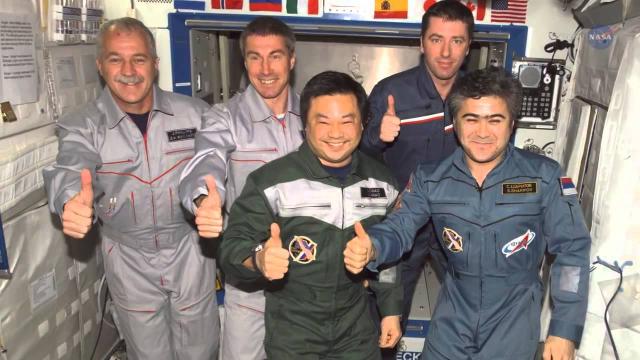
Why Does Vision Blur In Space? | Video
Added 690 Views / 0 LikesWhy Does Vision Blur In Space? | Video
-
02:28
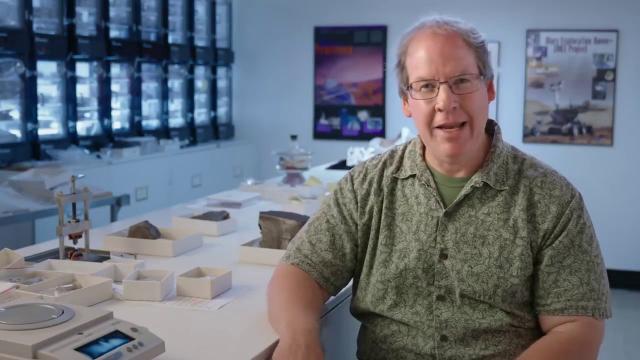
Why explore a metallic asteroid? NASA Psyche Mission co-investigator explains
Added 412 Views / 0 LikesNASA Psyche Mission Co-Investigator Dr. Tim McCoy explains the importance of exploring a metallic asteroid. -- Why NASA Is Sending a Spacecraft to a Metal Asteroid Called 'Psyche: https://www.space.com/40272-metal-asteroid-psyche-nasa-mission-video.htmlCr
-
08:56
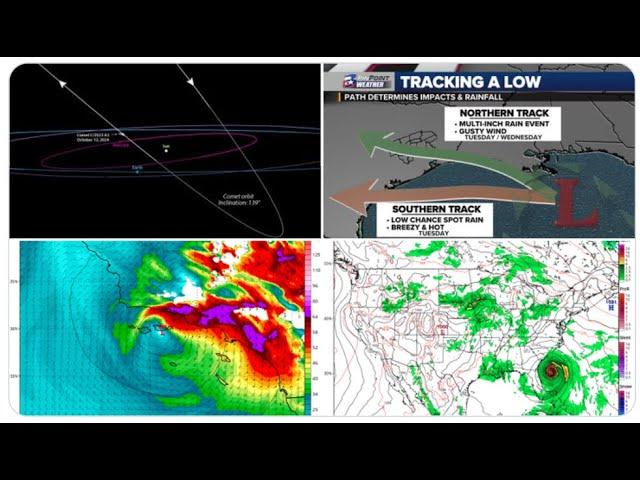
Why I believe Hurricane Hilary is Dangerous for California & am worried about August 29th for Gulf.
Added 136 Views / 0 LikesGood morning.God bless everyone,Thttps://www.paypal.me/THORnewshttps://venmo.com/TEric-Lewison$THORnews on CashApphttps://www.patreon.com/thornews
-
01:45
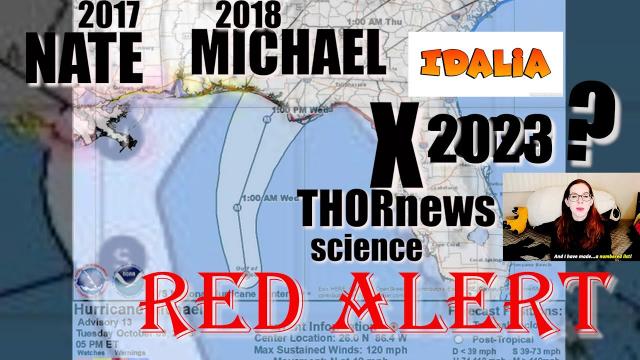
Why I think Idalia could be a Category 5 Hurricane when it hits Florida.
Added 124 Views / 0 Likesnothingburger or storm people talk about for decades?no one knows, don't be scared, be prepared yo.God bless everyone,Thttps://www.paypal.me/THORnewshttps://venmo.com/TEric-Lewison$THORnews on CashApphttps://www.patreon.com/thornews
-
02:03
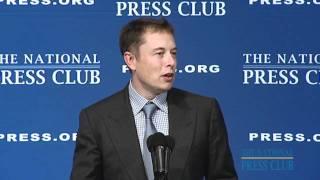
Why Invest In Making Life Multi-Planetary? Elon Musk
Added 476 Views / 0 LikesVisit: http://www.spacex.com/ for more information on SpaceX, Dragon, Falcon 9, Falcon Heavy, reusable rockets, grasshopper, Mars, upcoming rocket launch, or Elon Musk. SpaceX CEO & Chief Designer Elon Musk discusses the importance of making life multi-pl
-
02:22
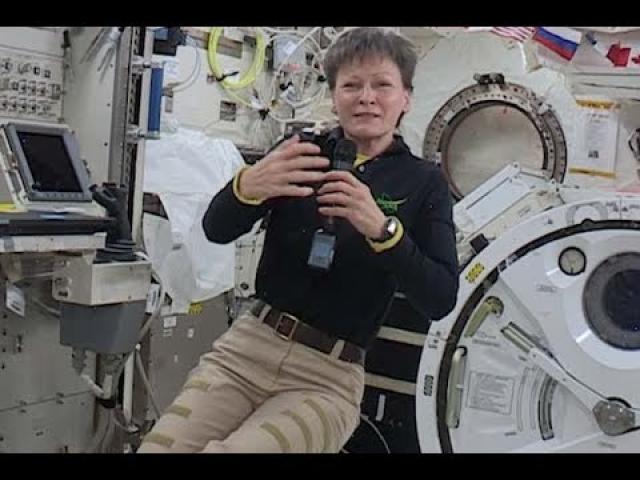
Why Invest in Space Station? Astronaut Talks Important Research
Added 740 Views / 0 LikesWhy Invest in Space Station? Astronaut Talks Important Research
-
02:15
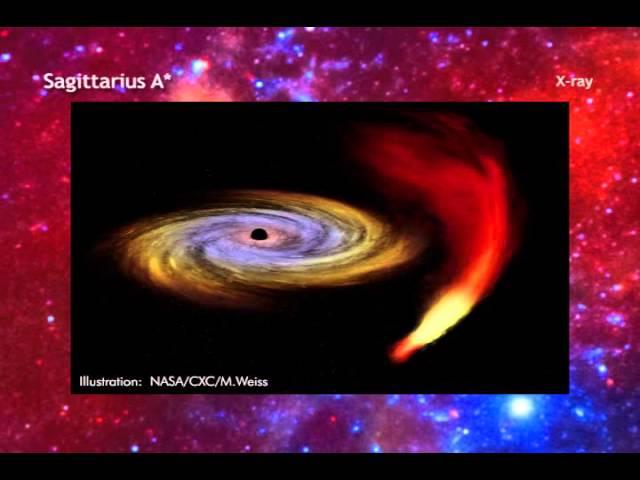
Why Is 'Our' Supermassive Black Hole Spitting X-rays?| Video
Added 1,026 Views / 0 LikesWhy Is 'Our' Supermassive Black Hole Spitting X-rays?| Video
